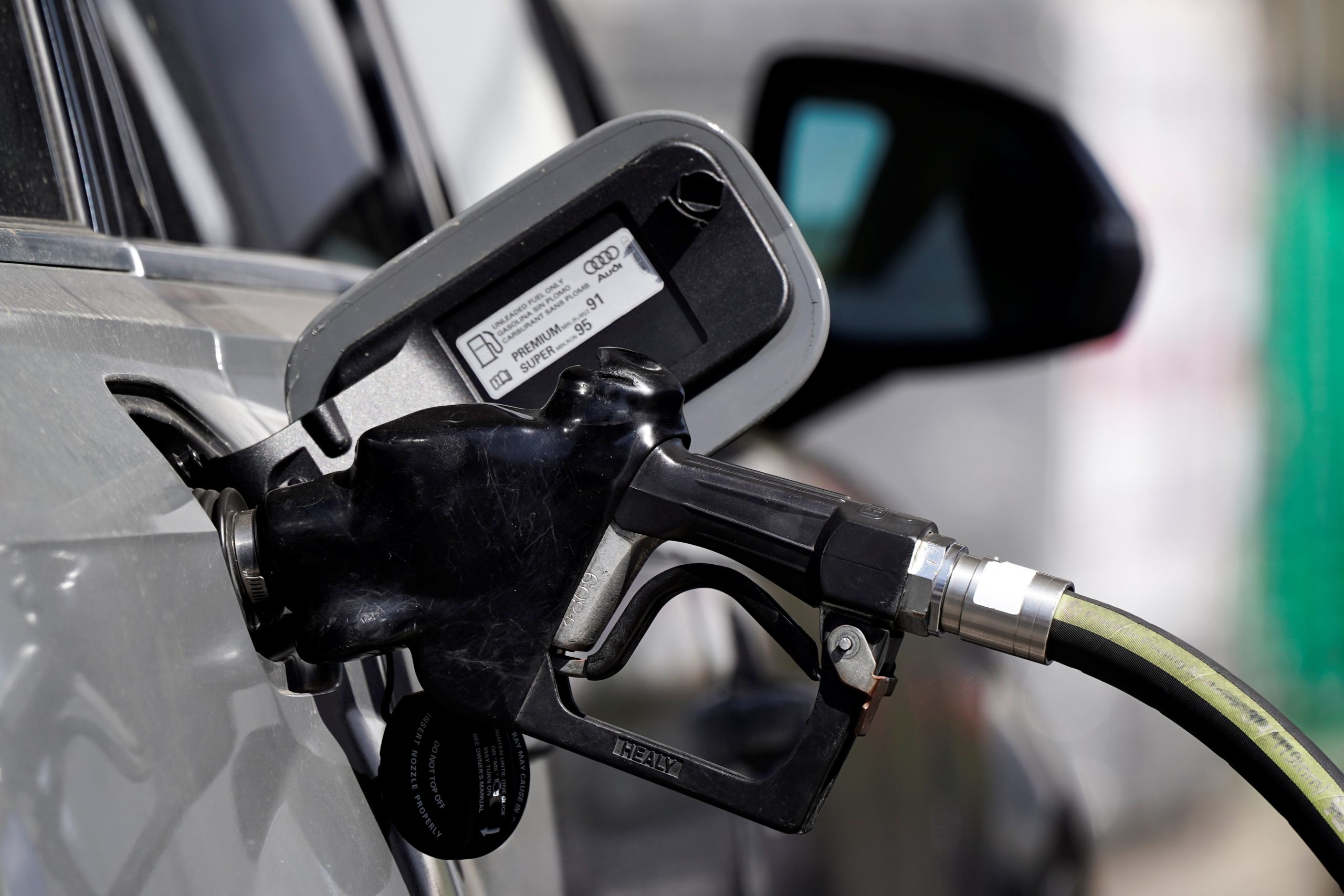
Ian Patrick, FISM News
[elfsight_social_share_buttons id=”1″]
Gas prices have been slowly falling since prices peaked in June and have now dipped below the $4 national average. However, the current pump prices are still too high for some drivers, as the national average remains 70 cents higher than last year and nearly $1.50 higher than when President Biden took office, according to Gas Buddy’s price tracking chart.
According to the American Automobile Association (AAA), the national average price of gasoline sits at $3.901 as of August 22. This is a decrease of more than 5 cents compared to last week’s average ($3.956) and it is more than 50 cents less than the price average at the same time last month ($4.413).
The price drops may be a slight sign of relief to American drivers, who experienced the highest overall average gasoline prices ever in June of this year. However, the question of whether this drop is enough to lure drivers back into old habits still remains.
AAA spokesperson Andrew Gross said on August 15 that the falling gas prices could lead to more drivers on the road, but that “many drivers are waiting for prices to fall further before reverting to their typical driving habits.”
A survey taken by AAA posted on July 22 said that 64% of Americans have changed their driving habits since March in response to rising gas prices. These changes include combining errands, eating out less, and just driving less overall.
Consumers such as U.S. Postal Service worker Kevin Williams told Reuters that the prices are “coming down but not near enough.” He added that it still costs him $50-$60 for a full tank of gas, while it used to be $30 at one point.
Kelly Ferrel, a saleswoman in Atlanta, paid $3.45 a gallon for her gas but still wished that the prices would “come down more.” Even so, Ferrel said she stopped to fill up despite her gas tank only being half empty because “prices are good.”
Gas prices tend to increase during the summer as automotive travel booms, but some analysts and officials think that the high prices could resurface well after the summer.
Daniel Yergin, vice chairman at S&P Global, told NBC News that the Federal Reserve is actually “the main domestic actor on oil prices with higher interest rate hikes.” Yergin even suggested that the oil market is currently suffering from a “specter of recession.”
Goldman Sachs analysts told Reuters that crude oil prices could also rise later in the year because the previous surge in price “did not result in enough demand destruction to end the current, unsustainable deficit.”
Even White House administration officials recognize that the prices could suddenly spike again, specifically in reference to the war in Ukraine.
The Biden administration tends to point to the release of strategic oil reserves as helping alleviate the high cost of gasoline. A release from the Treasury Department suggested that it could help lower costs anywhere from $0.13 to $0.31 cents.
But Geoff Moody, vice president for government relations for the American Fuel and Petrochemical Manufacturers, suggests that the only thing the Biden administration can take any credit for in the reduction of gas prices is “not interfering.”
“There hasn’t really been a policy that we can point you to that has helped the situation. When the executives met with the White House over the last few months, their primary message was don’t make it worse.”
Critics have blasted the Biden administration for repeatedly trying to take a victory lap in response to falling gas prices, as prices still remain vastly bloated to when Biden took office.
In response to a CNN article that compared the current gas price reduction to “getting a $100-a-month tax cut,” Congressman Kelly Armstrong (R-N.D.) likened the posturing to an “arsonist get[ing] a medal for helping fight [the] fire he started.”
